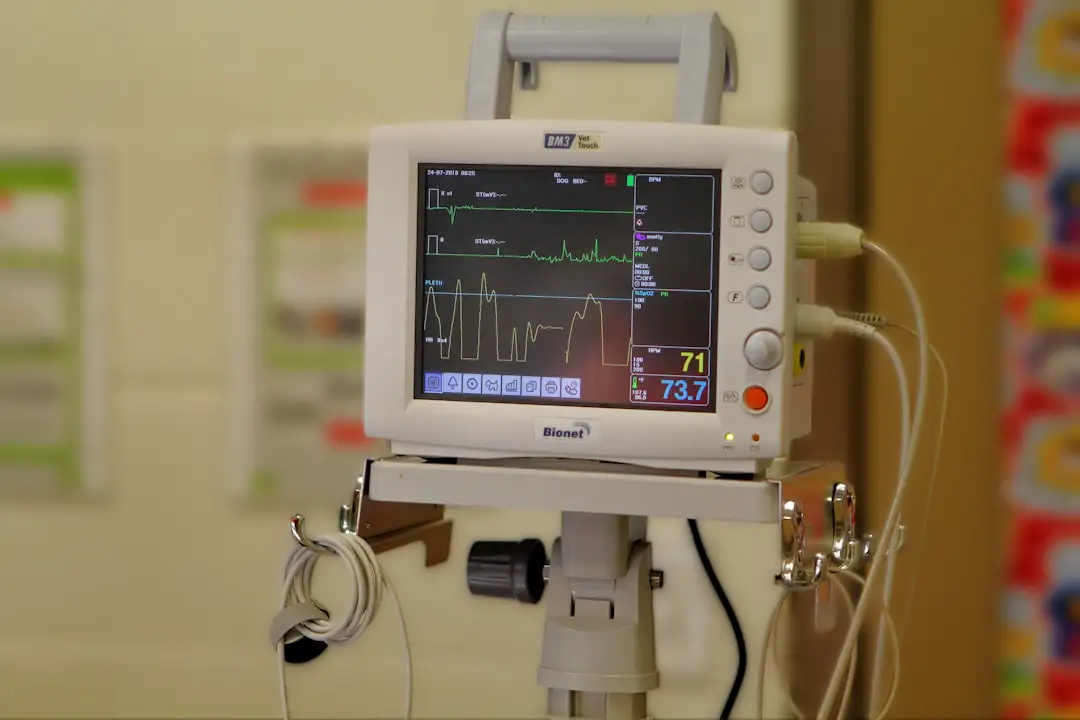
A groundbreaking new technology is revolutionizing the way researchers study disease mechanisms at the cellular level. Scientists have developed a method to map molecules within single cells, providing unprecedented insight into the inner workings of our bodies.
This cutting-edge technology allows researchers to visualize the molecular composition of individual cells, helping them uncover the intricate pathways involved in diseases such as cancer, Alzheimer’s, and autoimmune disorders. By mapping the molecules within cells, scientists can better understand how these diseases develop and progress, ultimately leading to new and improved treatments.
The implications of this technology are vast, with the potential to significantly impact the fields of medicine and biotechnology. Researchers can now identify specific molecules that play a key role in disease progression, paving the way for targeted therapies that could revolutionize patient care.
Not only does this technology provide valuable insights into disease mechanisms, but it also offers a new way to study the complexities of cellular biology. By mapping molecules within single cells, researchers can gain a deeper understanding of how cells function and interact with one another, shedding light on fundamental biological processes.
As this technology continues to advance, it holds great promise for the future of medicine. By uncovering the molecular mysteries hidden within our cells, researchers are paving the way for a new era of precision medicine that could transform the way we diagnose and treat diseases.
In conclusion, the development of this new technology marks a significant milestone in the field of biomedical research. By mapping molecules within single cells, researchers are unlocking the secrets of disease mechanisms and laying the foundation for a brighter, healthier future.
Source: News-Medical







